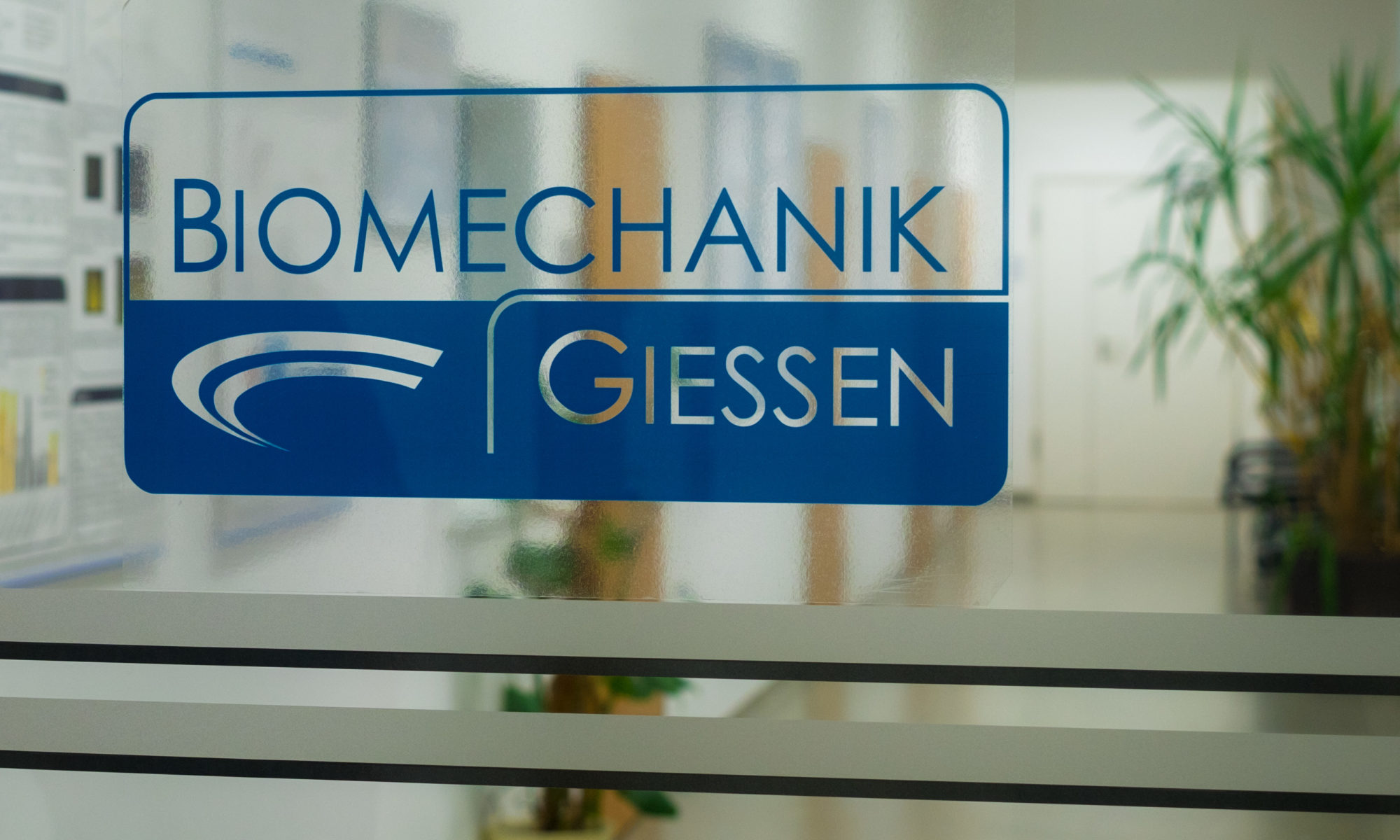Jahnke A 1 , Ghandourah S 1,2 , Fonseca Ulloa CA 1 , Seeger JB 1,2 , Rickert M 1,2 , Ishaque BA1,2 , Ahmed GA 1,2
J Biomech Eng. 2020 Dec 1;142(12):124502.doi: 10.1115/1.4047659PMID: 32601705
- Laboratory of Biomechanics, Justus-Liebig-University Giessen, Klinikstrasse 29, 35392, Giessen, Germany.
- Department of Orthopaedics and Orthopaedic Surgery, University Hospital Giessen and Marburg (UKGM), Klinikstraße 33, 35392, Giessen, Germany.
Abstract
Cementless straight stems show very good survival rates. However, the more distal force application of straight stems may lead to release-related proximal stress-shielding. Nevertheless, this technical brief had the objective of conducting a biomechanical in vitro analysis comparing short stems with established straight stems with respect to their primary torsional stability. Two cementless short hip stems and three cementless straight hip stems were implanted in n = 5 synthetic femora each. Torsional torques were applied into the hip stems at a continuous interval of ±7 Nm. Micromotions were measured by six inductive extensometers on four different measurement levels. At the proximal measuring point, significantly smaller relative micromotions of the CLS® prosthesis could be detected compared to all other stem models (p < 0.05). In all stem models, smallest relative micromotions were found at the metaphyseal/diaphyseal measuring point. Only at the measuring point of the distal tips of the straight stems, statistically significantly lower relative micromotion of the CLS® stem compared to the Trendhip® stem could be found (p < 0.01). All the investigated stems generally display a rather comparable anchoring pattern and an almost physiological force application. Since the comparatively long straight stems present an anchoring pattern nearly identical to that of the examined short stems, a shortening of the established straight stems could be taken into consideration. This would offer the advantage of minimally invasive surgery and bone-saving resection as well as preservation of cancellous bone in case a revision would become necessary.
Keywords: THA; primary torsional stability; short hip stem; straight hip stem.
